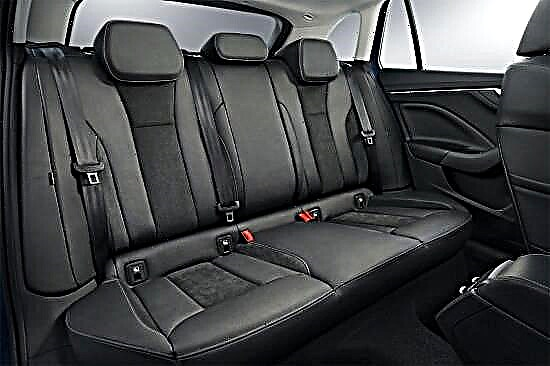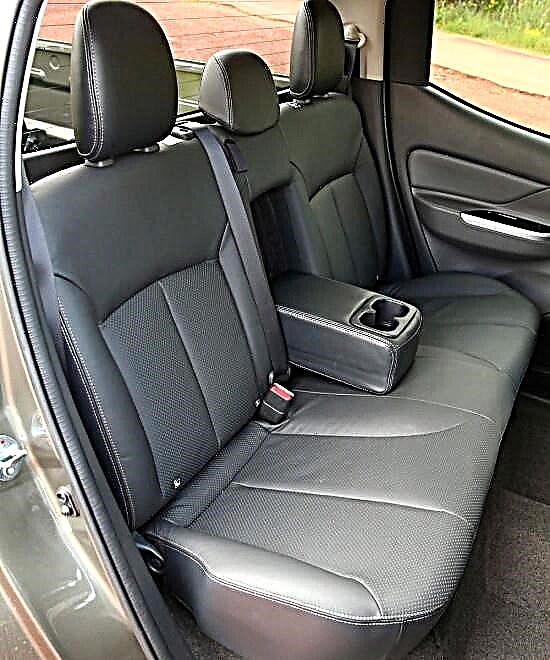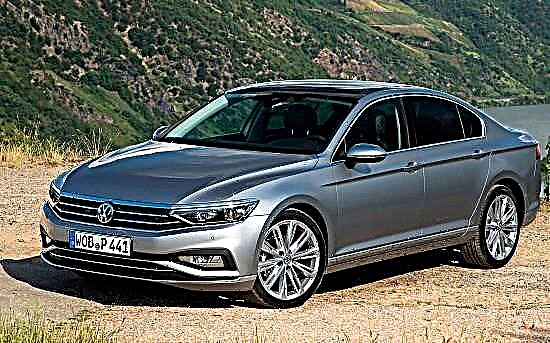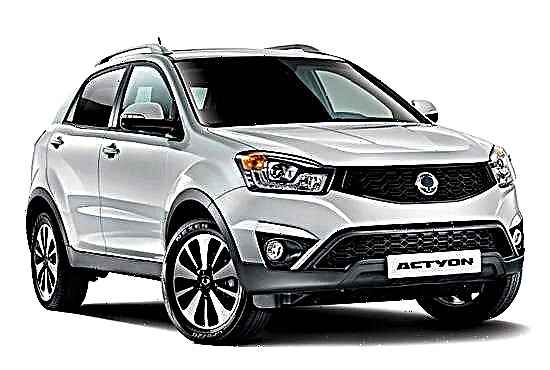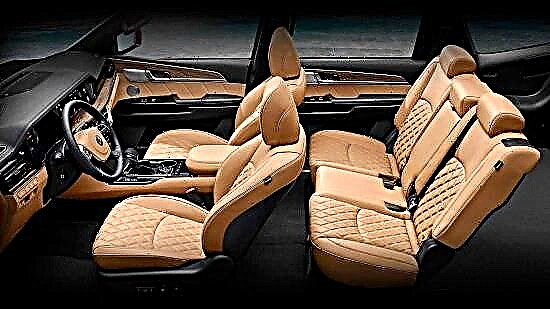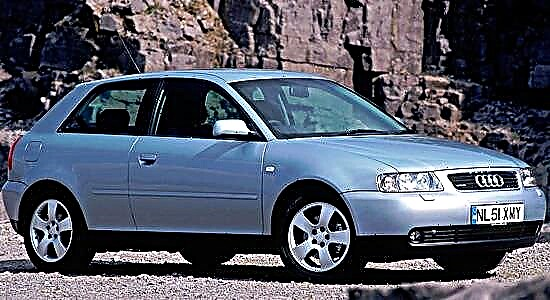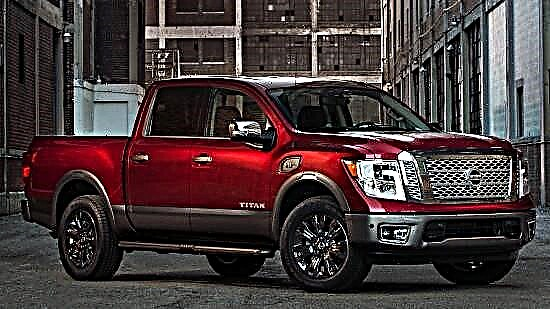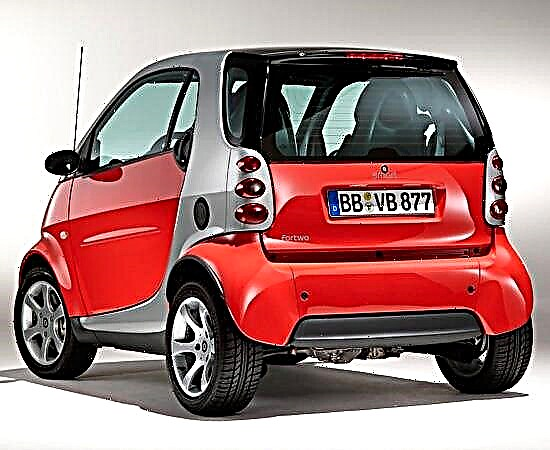The three-door Smart City Coupe hatchback was first introduced in 1998, when production began in France. Two years later, an open modification of the Smart City Cabrio appeared.
In 2002, the microcar underwent an update, and in 2004 it was renamed Smart Fortwo.

The first generation of the model was produced until 2007, and during this time 770 thousand pieces were sold around the world.

The first generation Smart Fortwo was presented in two body styles: a three-door hatchback and a convertible. The length of the car is 2500 mm, width - 1515 mm, height - 1549 mm, wheelbase - 1812 mm. In running order, the car weighs from 730 to 740 kg, depending on the configuration, the total weight in all cases is equal to 990 kg.
The "first" Smart Fortwo was originally offered with one petrol (0.6 liter, 45 horsepower) and one diesel (0.8 liter, 41 horse power) engines. After the 2002 update, the power line began to consist of three gasoline units with a volume of 0.7 liters each with a capacity of 50 to 75 horsepower and the aforementioned diesel engine. The motor was located at the rear, the torque was transmitted to the rear axle through a 6-band robotic gearbox.
The Smart Fortwo was fitted with independent spring suspension at both the front and rear. Disc brakes were used on the front wheels, drum brakes on the rear.
The main advantage of Smart Fortwo is its compact size, convenient for urban use. In addition, the car is reliable, practical, has a spacious two-seater saloon, rather rich equipment and good safety for its class. The machine is easy to handle and behaves confidently at high speeds.
The disadvantages of the first generation Smart Fortwo include a stiff suspension, slurred operation of a robotic transmission, high prices for spare parts and often a long waiting time, as well as poorly developed service in Russia.

